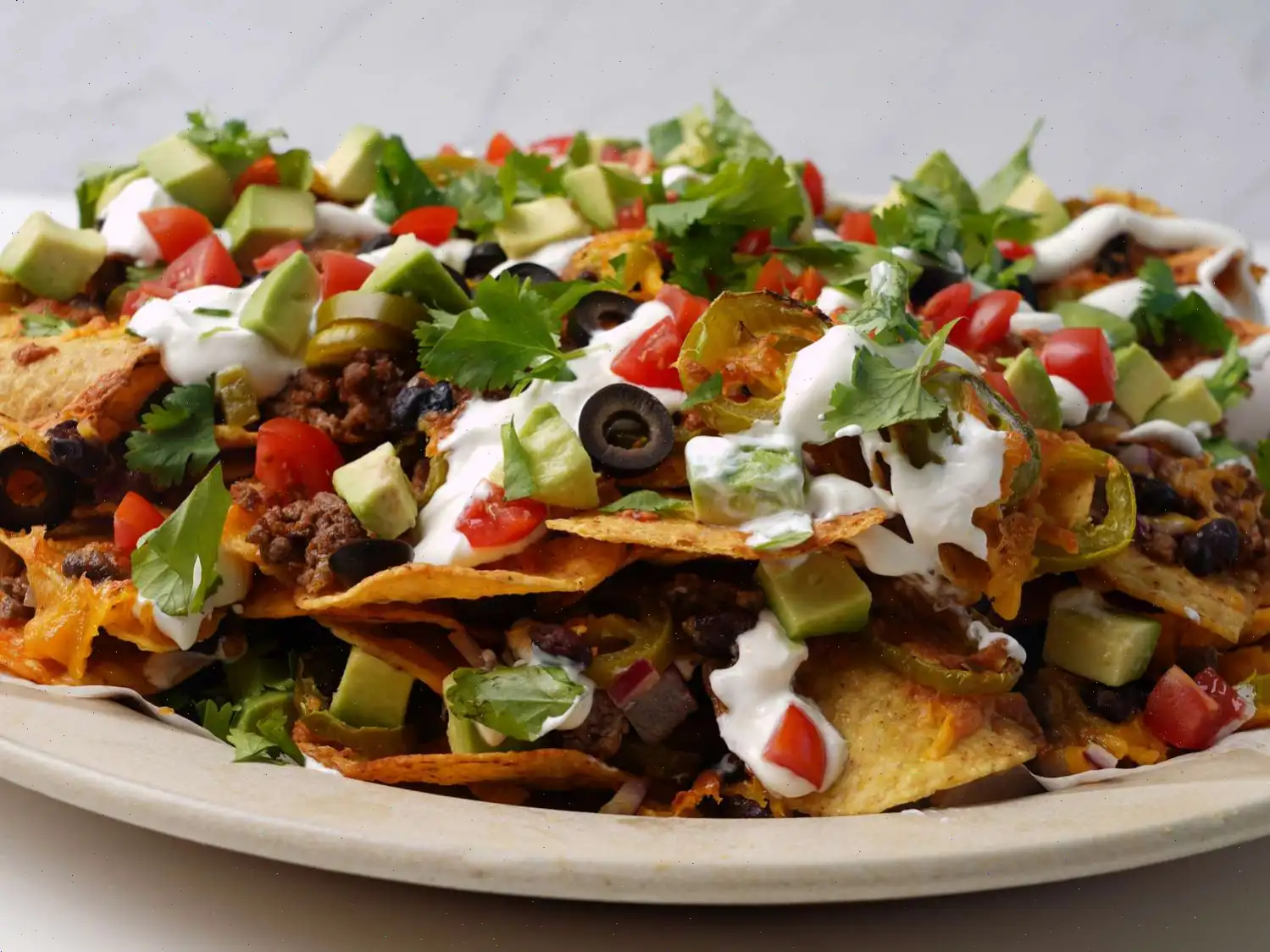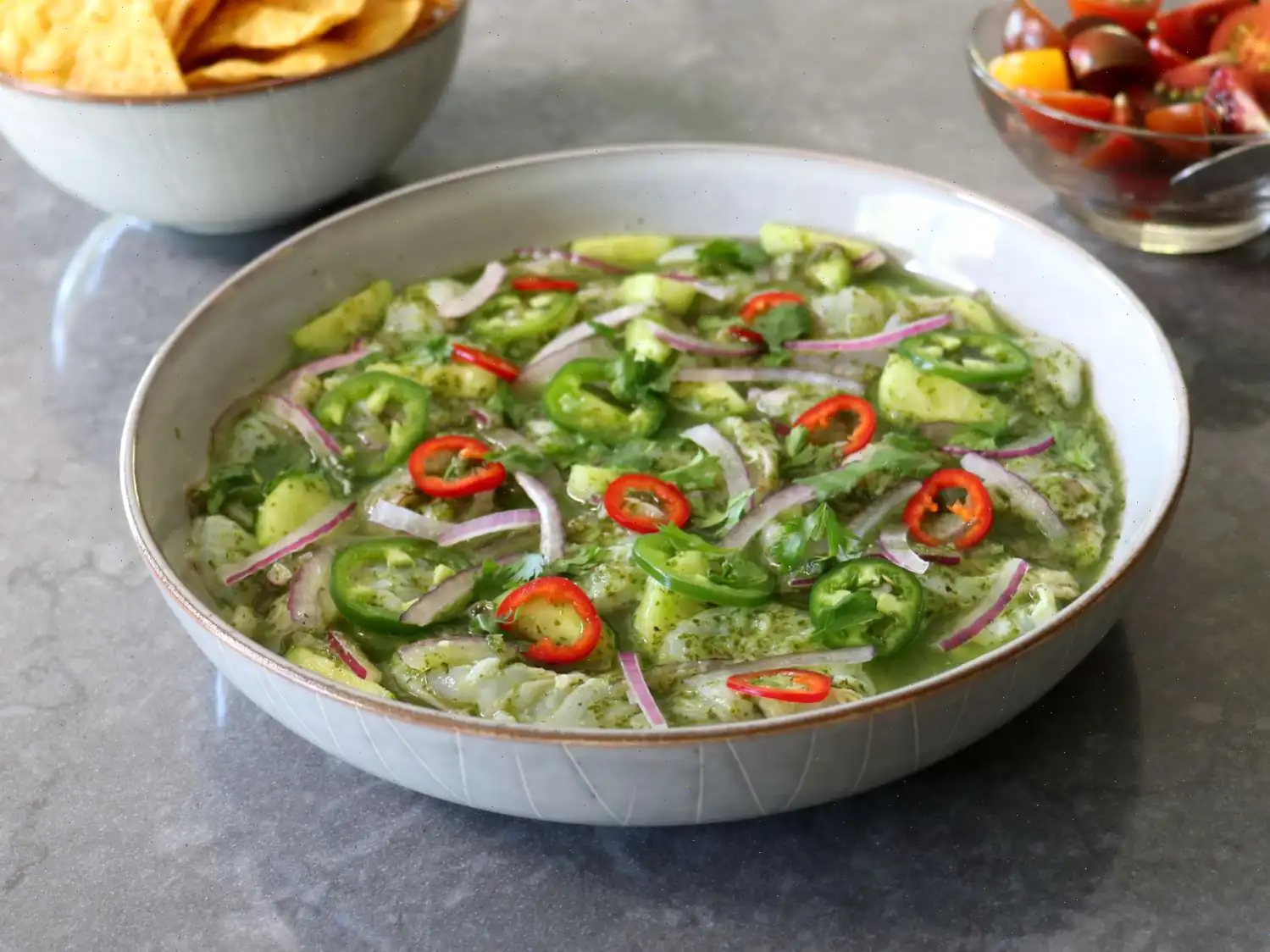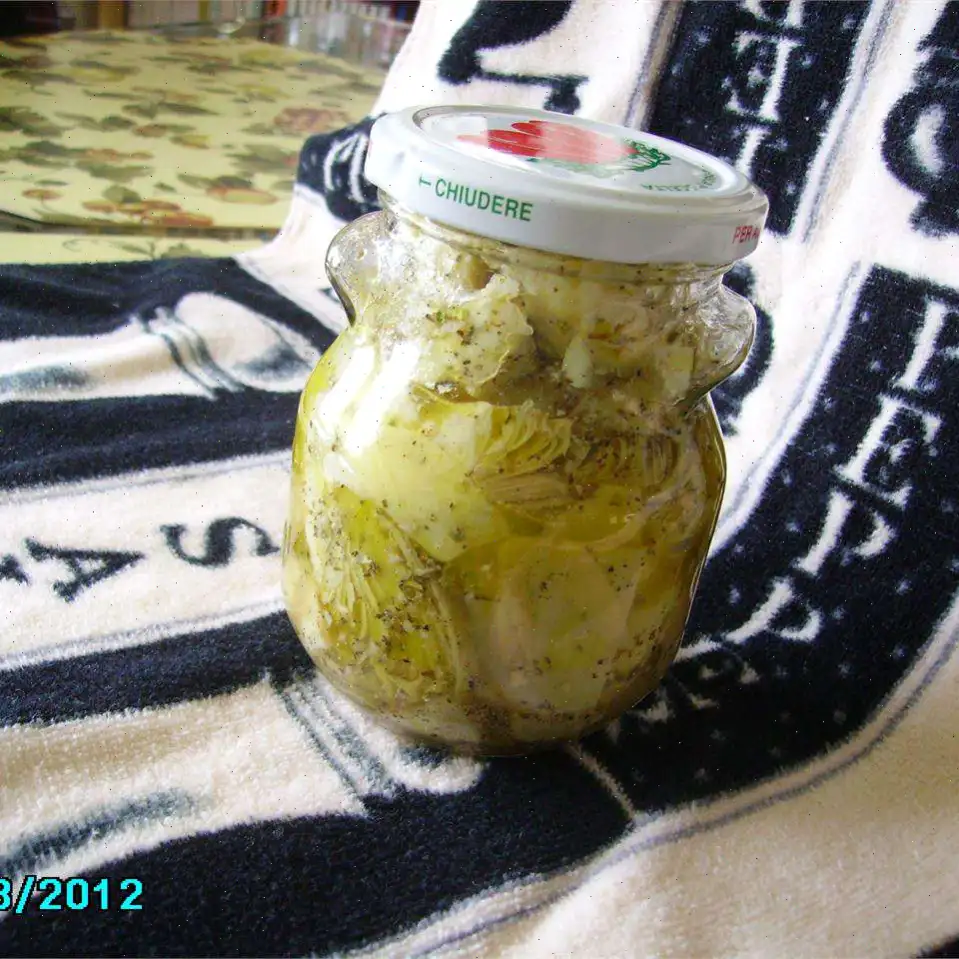
Reuben Crescent Rolls Recipe
Ingredients:
- 2 (8-count) cans crescent rolls
- 8 thin slices pastrami or corned beef
- 4 slices Swiss cheese
- 1 cup drained, pressed sauerkraut
- 8 teaspoons Thousand Island salad dressing
- 1 large egg, beaten
- 2 teaspoons caraway seeds
Directions:
- Preheat the oven to 375F (190C) and line a sheet pan with parchment paper.
- On a cutting board or work surface, separate the crescent rolls into 16 triangles. Arrange them so that the thin points of the triangles are pointing away from you.
- Cut each slice of pastrami or corned beef diagonally into 2 triangles, resulting in 16 pieces. Cut each Swiss cheese slice in half, then cut each half diagonally to make 16 smaller triangles.
- For each triangle of crescent dough, place a triangle of meat that is slightly smaller than the dough. Add a triangle of Swiss cheese on top of the meat.
- Place 1 tablespoon of sauerkraut along the bottom edge of each triangle, followed by 1/2 teaspoon of Thousand Island salad dressing on top of the sauerkraut.
- Roll the crescent rolls starting from the wide end and roll toward the narrow point, as you would with traditional crescent rolls, ensuring the filling stays inside the dough.
- Place each completed roll on the prepared sheet pan. Brush each roll-up with the beaten egg and sprinkle with caraway seeds.
- Bake in the preheated oven for 21 to 25 minutes or until the rolls are golden brown and hot throughout.
- Remove from the oven and cool on a baking rack for 3 to 5 minutes before serving. Serve warm and enjoy!
Nutrition Facts (per serving):
| Calories | 544 |
|---|---|
| Total Fat | 31g |
| Saturated Fat | 16g |
| Cholesterol | 126mg |
| Sodium | 974mg |
| Total Carbohydrates | 46g |
| Dietary Fiber | 3g |
| Total Sugars | 11g |
| Protein | 18g |
| Vitamin C | 2mg |
| Calcium | 110mg |
| Iron | 3mg |
| Potassium | 212mg |
Percent Daily Values are based on a 2,000 calorie diet. Your daily values may be higher or lower depending on your calorie needs.
Origin and History of the Reuben Sandwich
The Reuben sandwich, a beloved American classic, has an interesting history that intertwines with New York's deli culture. It is traditionally made with corned beef, Swiss cheese, sauerkraut, and Thousand Island dressing, all sandwiched between slices of rye bread. Its origins are often debated, but one popular story attributes the creation of the sandwich to Reuben Kulakofsky, a Jewish immigrant from Nebraska. He allegedly invented the sandwich in the early 20th century for a group of poker-playing friends, and it eventually made its way to delis across the United States.
Reuben Crescent Rolls offer a new twist on this traditional sandwich, wrapping the savory filling inside flaky crescent dough. This recipe maintains the essential components of the classic Reuben but presents them in a convenient, bite-sized form perfect for appetizers, snacks, or casual meals.
Regional Variations
The Reuben sandwich itself has many regional variations. For instance, in some places, it's made with pastrami instead of corned beef, or it might be grilled with butter to create a crispy, golden exterior. While the classic version is associated with New York City delis, the Reuben sandwich has spread widely throughout the United States and even internationally, particularly in places with large Jewish and Eastern European communities.
Reuben Crescent Rolls, however, are not a traditional regional variant. They are an innovation that makes the Reuben easier to serve at parties or as a quick meal. The crescent dough, commonly used for baked appetizers, pairs perfectly with the rich, tangy flavors of the Reuben ingredients, making them a great choice for entertaining.
How They Differ from Similar Dishes
While Reuben Crescent Rolls share key ingredients with the traditional Reuben sandwich, they differ in presentation and texture. The classic Reuben is typically a hot sandwich, while these crescent rolls turn the filling into a portable, flaky snack that doesnt require bread. The use of crescent dough adds a buttery, light crunch, which contrasts with the dense, hearty texture of rye bread in a typical Reuben.
Additionally, Reuben Crescent Rolls offer a more customizable approach. You can adjust the amount of sauerkraut, cheese, or dressing according to personal taste, making them more versatile than the standard sandwich. They are also easier to serve at large gatherings as bite-sized portions, whereas the traditional Reuben is typically served as a full sandwich.
Where Reuben Crescent Rolls Are Usually Served
Reuben Crescent Rolls are perfect for any occasion that calls for finger foods or appetizers. They are commonly served at parties, gatherings, and holiday meals, especially during St. Patricks Day celebrations, when corned beef is often featured. They can also be a quick weeknight dinner or lunch option, served alongside a simple salad or soup for a comforting meal.
These rolls are great for potlucks, game days, or any event where small, shareable bites are preferred. Whether served as a warm snack or as part of a buffet spread, Reuben Crescent Rolls are sure to be a crowd-pleaser.
Interesting Facts About the Reuben Crescent Rolls
- The Reuben sandwich is considered an iconic American deli food, and its origin remains a point of friendly debate among deli owners and food historians.
- Reuben Crescent Rolls were likely created as an easy-to-make appetizer that maintains the bold flavors of the original sandwich but with a more convenient, flaky twist.
- The crescent roll dough, which is often used for breakfast pastries or savory appetizers, provides a perfect balance to the richness of the Reubens filling, making it a favorite for both kids and adults alike.
- While the Reuben sandwich is typically served on rye bread, the crescent rolls buttery flavor adds a new layer of deliciousness to the overall experience.
FAQ about Reuben Crescent Rolls Recipe
Comments
Joshua Diaz
04/01/2024 03:40:34 PM
Even my picky roommate loved it.








